Working Principle
Working Principle of Natural Circulation Evaporator
The liquid is fed to the bottom of the heating tubes. Due to the external heating of the tubes the liquid film on the inside walls of the tubes starts to boil and evaporates partially.
As a result of the upward movement of the vapors produced, the liquid is also transported upwards – according to the thermosiphon or rising film principle. After the separation from the vapors it flows back into the evaporator through a circulation pipe, ensuring stable and uniform circulation.
The larger the temperature difference between the heating chamber and the boiling chamber, the greater the intensity of evaporation and, consequently, the liquid circulation and heat transfer rates.
Where the boiling chamber of the circulation evaporator is divided into several separate chambers, each one equipped with its own liquid circulation system, the heating surface required for high final concentrations can be considerably reduced compared to an undivided system.
The final concentration is only reached in the last chamber. In other chambers, the heat transfer is considerably higher due to the lower viscosities and boiling point elevations.

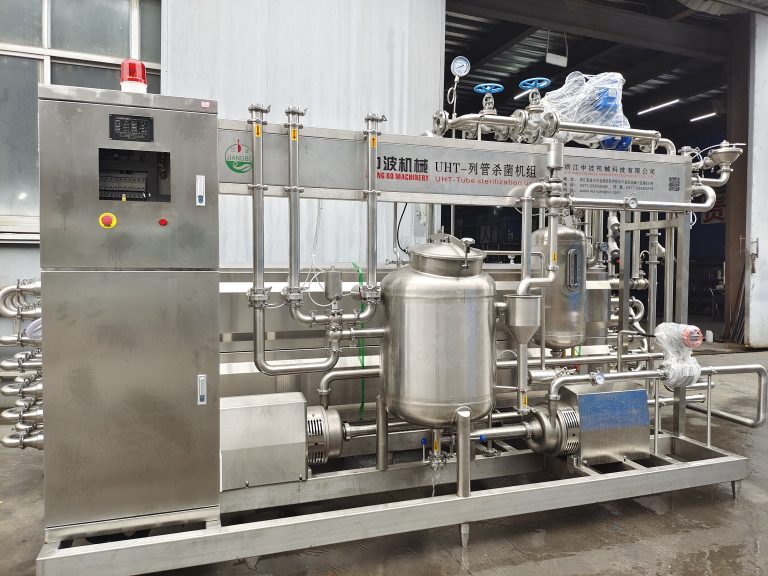
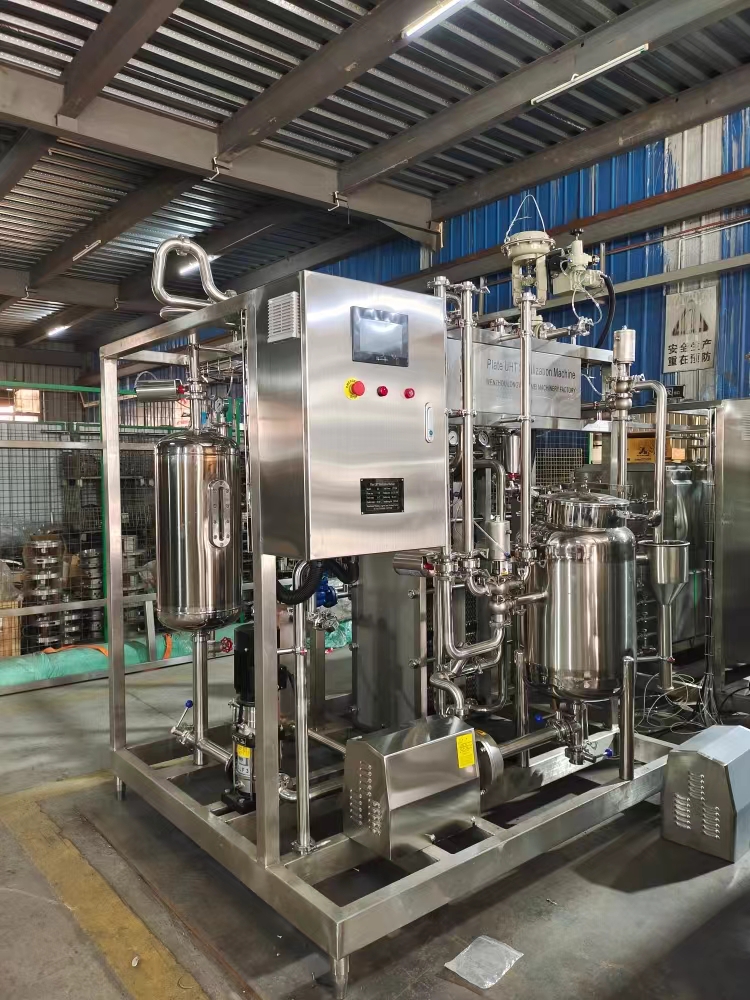
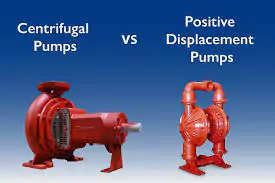

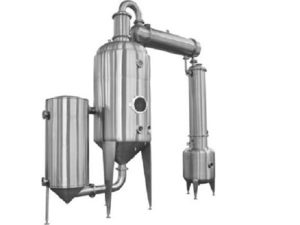
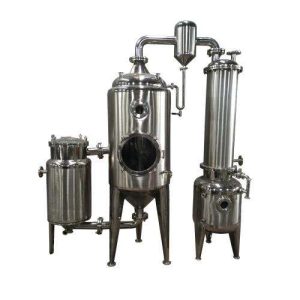
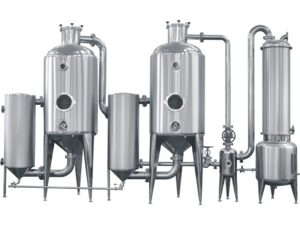
-300x225.jpg)
-300x225.jpg)